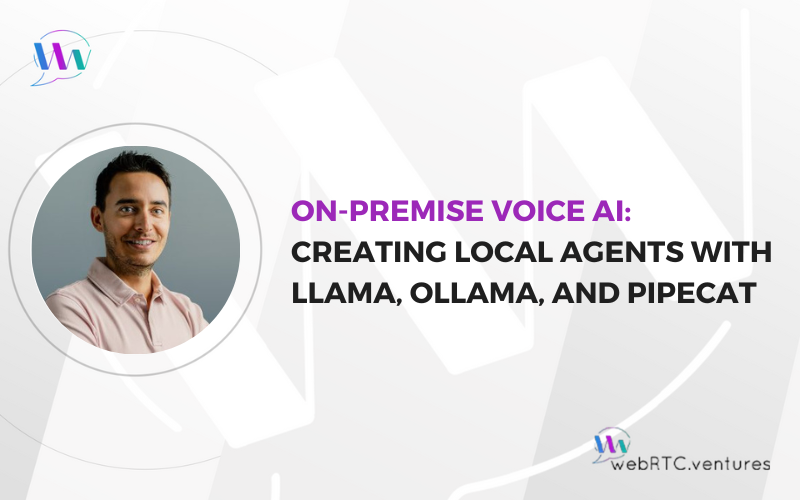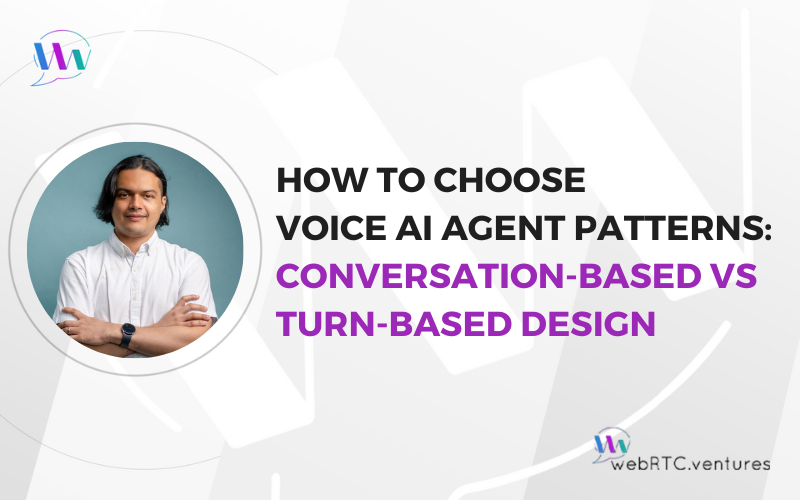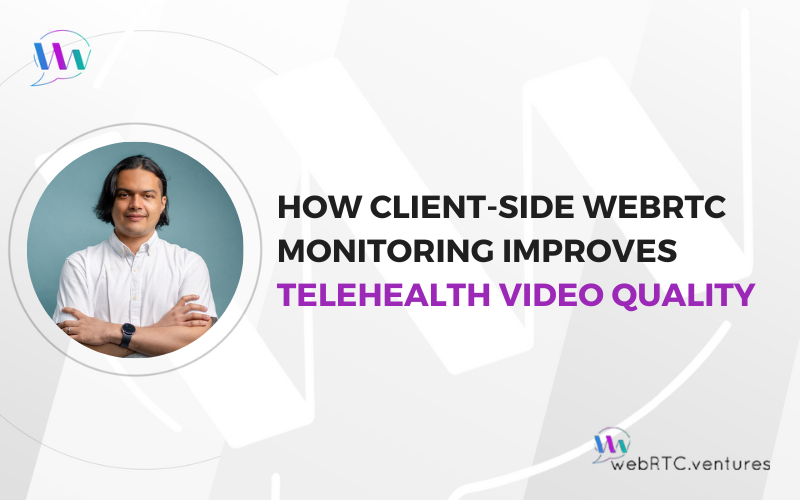Imagine having a conversation with a sophisticated AI assistant or agent without your words ever leaving your machine. No data being shipped to third-party servers. No LLM API costs. No added latency waiting for distant data centers to process your requests.
If you’re concerned about confidential business data, work in a regulated industry, or simply want more control over your AI tools, on-premise, local processing of Large Language Models (LLMs) ensures that data remains on your own machine (or servers) and offers a great alternative to cloud-based solutions.
In this post, we’ll walk through a practical example of an on-premise solution using Ollama to run either a Llama or DeepSeek model locally and seamlessly integrate it with Pipecat, a powerful media framework for AI agents, enabling secure and high-performance inference without exposing sensitive data to external servers.
Why Ollama and Llama/DeepSeek?
Ollama is a robust platform designed to run large AI models on local hardware, reducing the need to send data over the internet. When paired with open source LLMs like Llama or DeepSeek, it provides a powerful alternative to OpenAI’s models while keeping data within your environment.
The benefits of this approach include:
- Data Privacy: All processing happens on your servers, eliminating the risk of data leakage.
- Reduced Latency: No network round trips mean faster responses.
- Cost Efficiency: No API fees, making AI model inference more accessible.
- Open Source Flexibility: DeepSeek and Llama allow for customization and fine-tuning.
Integrating with Pipecat for Seamless Data Flow
Pipecat is a great media framework for building voice and multimodal conversational agents, allowing efficient piping of data between different AI components.
Pipecat was built by WebRTC.ventures partner, Daily. When combined with Ollama and Llama, Pipecat enables:
- Streamlined AI Pipelines: Easily connect multiple AI models and processes.
- Efficient Data Handling: Process data in a real-time streaming manner.
- Scalability: Set up AI workflows that can be expanded based on need.
Getting Started with a Demo
1. Install Ollama and Load your model
# Install Ollama
curl -fsSL https://ollama.ai/install.sh | sh
# Pull the DeepSeek model but too slow for me to use 7B for conversation
ollama pull deepseek
# Run Llama 3 1B or DeepSeek-R1 1.5B model for quick testing locally
# More powerful CPUs can handle 7B models, but performance may be slower.
# For larger models (e.g. 10B+), using a GPU is needed. In our tests 7B strikes
a good balance between latency and response quality.
ollama run llama3.2:1b2. Clone repo and follow Readme instructions at https://github.com/agonza1/Voice-AI-with-Pipecat-Deepseek-Or-Llama
3. Pipe Data Securely Between Components
Once everything is installed and running you can start talking to your personal bot.
Interestingly, DeepSeek is often reported to outperform models like GPT and Llama 3 in certain benchmarks. However, in my tests, I found that Llama 3 1B was noticeably less verbose and had significantly lower latency compared to DeepSeek 1.5B. Given its efficiency, I believe Llama 3 1B is a compelling choice for very basic voice agents, and Llama 3 7B offers a cost-effective alternative to GPT4o mini while maintaining reasonable performance. For general to advanced voice communication flows, a minimum of 7B or 8B models is required today.
Note: Using 3rd party platforms like OpenAI GPT4o mini or Llama 3 in Groq can also provide really good inference latencies.
A Deeper Look at Security: Balancing On-Premise LLMs with Hybrid Cloud Approaches
The security landscape for LLM deployment is more nuanced than it first appears. While on-premise LLM inference minimizes external data transfers and ensures data sovereignty—a significant advantage for industries under strict regulations like telehealth, virtual banking, or enterprise communications—this approach shifts the full security responsibility to your organization, unlike cloud providers that invest heavily in security infrastructure.
In our demo, we blend both worlds by using cloud services like Daily and Deepgram for Speech-to-Text (STT) and 11Labs for Text-To-Speech (TTS), though a fully on-premise setup is feasible with alternatives such as Whisper and open-source TTS platforms (which we’ll explore in a future blog post!). For scenarios where local hosting of all services isn’t essential, cloud solutions—or even hybrid approaches using Amazon SageMaker, Amazon Bedrock, or Ollama—offer a flexible and easier-to-manage path forward.
Real Time AI Interoperability with Pipecat
At WebRTC.ventures, we leverage open source tools like Pipecat to solve one of the biggest challenges in building voice-enabled AI systems: seamlessly integrating Speech-to-Text (STT), Text-to-Speech (TTS), LLMs, and other third-party AI services into a cohesive pipeline. Pipecat functions as a media processing framework that handles the complex orchestration between these different components, allowing data to flow naturally from voice input, through language processing, and back to spoken output.
This integration enables more dynamic, real-time interactions across different AI-driven workflows while maintaining efficiency, whether you’re running models on-premise or in the cloud. By abstracting away the complexity of connecting these services, Pipecat significantly reduces development time and allows for easier swapping of components as your needs evolve.
Read more about Pipecat and other alternatives we use for Voice AI: Real Time Voice AI: OpenAI vs. Open Source Solutions – WebRTC.ventures
Final Thoughts
The combination of Ollama (with some small language models like Llama) and Pipecat provide a secure, low latency and efficient way to run AI workloads locally. Whether you’re working on personal AI assistants, production applications, or research projects, this stack offers the flexibility and privacy needed in today’s AI landscape.
By keeping your data on premises (or using only services you trust) and leveraging open-source tools, you gain full control over your AI workflows while maintaining the power of modern LLMs. Ready to take the next step? Give it a try and let us know your thoughts!
To help you turn this vision into a reality, consider partnering with WebRTC.ventures – experts in building custom voice and video AI solutions with open source models like Llama or DeepSeek. Let our team of experienced developers guide you through the process and ensure your application is built to meet the highest standards of performance, security, and scalability. Contact us today, and Let’s Make it Live!












